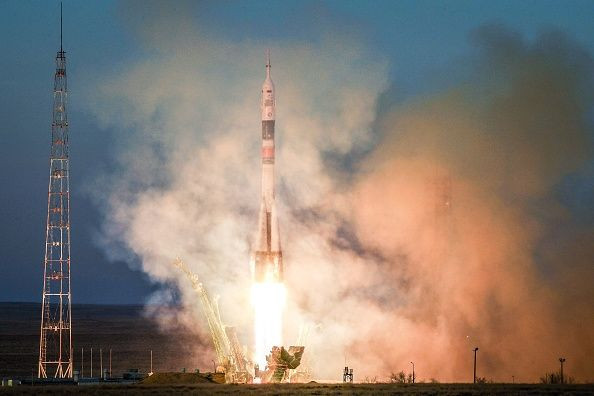Russia's Hubble: Roscosmos Launches Cutting-Edge Space Telescope Into Orbit

Russia has successfully launched Spektr-RG, a cutting-edge space telescope into orbit. This is a joint project between Roscosmos, the Russian space agency and DLR, the German space agency. The high-tech space telescope was launched from the Baikonur Cosmodrome in Kazakhstan at 8.31am on Saturday.
Initially, the Spektr-RG was to be launched on June 21 but was called off due to a battery drain on the Proton rocket’s Block DM upper stage. It will replace the Spektr-R, known as the “Russian Hubble," which was lost in January.
Roscosmos, according to Space.com, again postponed a second launch, which was scheduled for July 12 due to a potential issue with the booster. Then finally, on Saturday the Russian space agency successfully launched it out of Earth’s orbit and onto the L2 Lagrange point.
Experts described the Lagrange points as unique positions in the solar system where objects can maintain their position relative to the sun and the planets that orbit it. According to NASA, L2is ideal for astronomy because a spacecraft is close enough to readily communicate with Earth, can keep Sun, Earth and Moon behind the spacecraft for solar power and provides a clear view of deep space for telescopes.
Roscosmos, in an official statement, said the spacecraft is expected to detect 100,000 galaxy clusters, 3 million supermassive black holes, tens of thousands of star-forming galaxies, the presence of plasma (superheated gas) and many more types of objects.
Roscosmos said the observatory includes two x-ray mirror telescopes, called ART-XC and eROSITA. “ART-XC (Russian payload) will examine the higher energies of x-rays up to 30 keV, while eROSITA (Extended Roentgen Survey with an Imaging Telescope Array) is optimized for an energy range of 0.5 to 10 keV,” it said. The Russian space agency aims to conduct a complete x-ray survey of the sky by 2025.
Russian Space Web’s official, Anatoly Zak explained that ART-XC will have a narrower field of view and is designed to look at objects with a lower range of energies than eROSITA. Zak said the overlap in the sensitivity of eROSITA and ART-XC was reported to be useful for the calibration of the two instruments and increasing the reliability of their scientific results.
Officials said that if all goes well, the telescope will arrive at its designated position in three months. It will become the first Russian spacecraft to operate beyond Earth’s orbit since the Soviet era.
© Copyright IBTimes 2024. All rights reserved.





















